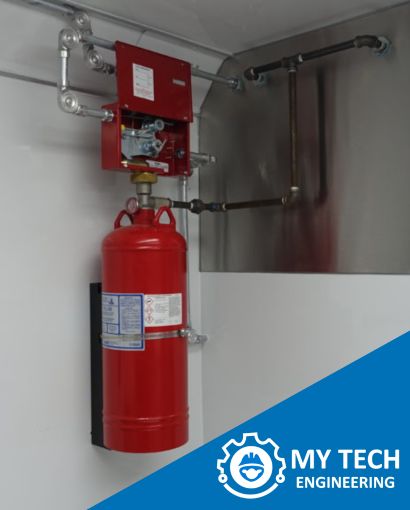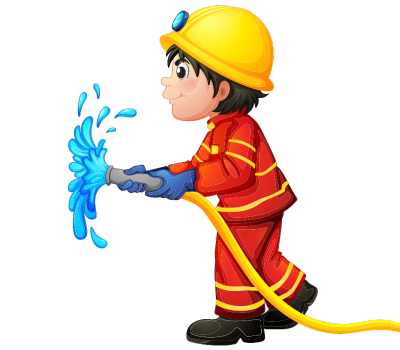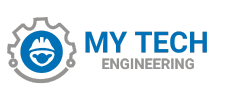Kitchen Hood Fire Suppression
Kitchen Hood Fire Suppression
A kitchen hood fire suppression system is a specialized fire protection system designed for commercial kitchens. It is specifically engineered to detect and suppress fires that may occur in cooking appliances, such as stovetops and deep fryers. The primary purpose of these systems is to prevent the spread of fire, protect kitchen staff, and minimize damage to the kitchen equipment.

Fire Suppression Agent:
- Wet Chemical Agent: Kitchen hood systems commonly use a wet chemical fire suppression agent. This agent is specifically designed to suppress fires involving cooking oils and fats commonly found in commercial kitchens.
Detection System:
- Automatic Detection: The system is equipped with automatic detection devices, such as heat detectors or fusible links, that sense high temperatures or the presence of flames.
Control Panel:
- Centralized Control: The system is controlled by a central control panel. When a fire is detected, the control panel initiates the release of the fire suppression agent.
Distribution System:
- Piping and Nozzles: The wet chemical agent is distributed through a network of pipes and nozzles strategically placed above cooking appliances, including under the kitchen hood. This ensures that the fire suppression agent is directed at the source of the fire.
Manual Activation:
- Manual Pull Stations: In addition to automatic detection, kitchen hood fire suppression systems often have manual pull stations that allow kitchen staff to manually activate the system in case of an emergency.
Shut-Off Devices:
- Gas and Power Shut-Off: Some systems are integrated with shut-off devices for gas and power to cooking appliances. This helps prevent further fueling of the fire during suppression.
Audible and Visual Alarms:
- Alerts: The system may include audible and visual alarms to alert occupants and kitchen staff when the fire suppression system is activated.
Post-Discharge Procedures:
- Post-Discharge Safety: After the suppression agent is discharged, there are typically procedures in place for post-discharge safety, including ventilation to clear the kitchen of residual agent and a shutdown of cooking equipment.
Regular Maintenance:
- Inspections and Testing: Regular inspections and testing are crucial to ensure the proper functioning of the kitchen hood fire suppression system. This includes checking detection devices, pressure levels, and the condition of the suppression agent.
GET YOUR FREE CONSULTATION
My Tech offers a Wide variety of services to cater your problematic situations.










